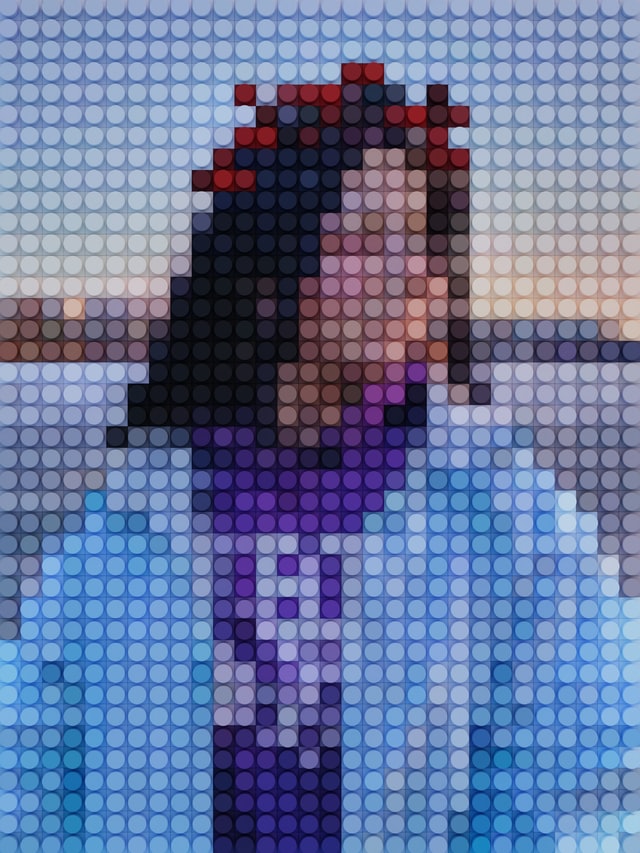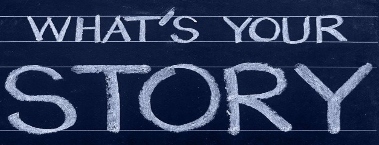
People define, express, and represent themselves through their profiles, interactions, relationships, and their networks online. In other words, users’ online activities form their digital identities. Social media makes new opportunities and challenges related to the digital identities of users either professional or personal. The professional identity of an individual on a social media platform means representations of the professional activities, affiliations and work-related norms that a person presents. Personal identity, on the other hand, is any activities, opinions or relationships that represent a person beyond their professional activities. However, there is not always a clear separation between professional and personal identities on social media platforms. For example, Twitter is a social media platform used widely among educators. It is also an important communication channel for journalists and politicians. But how do these people use Twitter and how do they represent themselves? Do their profiles and activities on Twitter reflect their personal or professional identities? How do they separate the representations of their professional and personal identities? Are they recognised as they wanted to be identified? How do their digital identities affect their audience and what they learn and grasp from their accounts? There are several important questions in this context to be addressed.
Bossio and Sacco [1] discuss that representing personal and professional identities online might be especially difficult for journalists. They interviewed 30 journalists to analyse how they negotiate representations of their professional and personal identities on social media platforms. Their results show that journalists present their identities on social media in three different ways:
a) creating public and professional accounts and having secondary, private accounts that are only accessible to personal networks,
b) maintaining public accounts dedicated to professional activities, and
c) merging professional and personal identities on publically available accounts [1].
In an interesting study, Carpenter et al. analyzed profiles and tweets from K-12 teacher Twitter accounts (n = 33,184) to investigate how the accounts were used for personal and professional purposes [2]. The analysis revealed that the majority of the teacher Twitter profiles distanced professional identities from personal beliefs or affiliations. Carpenter et al. [2] discuss that teachers separate aspects of their personal identities that they perceive as potentially having positive professional impacts (i.e., family roles) from aspects that could be more controversial (i.e., religious or political affiliation). However, the lack of personal representations could restrict teachers’ interactions and the networks they develop with other educators on Twitter and it may consequently restrict the students’ benefits [2].
Here I would like to continue with a reflection on my personal experience regarding using Twitter for professional activities. I always wanted to actively maintain my Twitter profile and build a space where I could communicate with other people in the field and learn from the current state of the art in usable privacy and security research. Despite my initial motivation I never succeeded and I found it less straightforward than what it looked like at the beginning. I was weighing two options as two separate potential directions to select:
1- making a complete separation between professional and personal activities (e.g. just tweet, retweet, and like the tweets related to my work),
2- having a combination of both representations of my professional and personal identities in my profile and through my activities on Twitter.
I knew that there would be another option of making two different accounts and devoting each to representing either my professional or personal identity. Nonetheless, having two separate accounts would be too much for me to handle and it might end up in at least one inactive account.
Another problem was related to the language. I have my colleagues following me on Twitter. At the same time, I follow some of my Persian friends and have them as my followers. When they like Persian tweets I see it in my timeline and sometimes I am intrigued to like those tweets. But if I like a Persian tweet it may appear in my colleagues’ timelines and they may find it irrelevant and annoying.
Further, I found it drastically hard to make a separation between the professional and personal representation of myself. If others with whom you are communicating (e.g. your followers and whom you follow) do not make a distinction between personal and professional identities you will be affected as well. People whom I followed were retweeting and liking tweets in different contexts. When surfing through my timeline on Twitter I could see ranges of different tweets and I was unintentionally reacting to some.
I was also to some extent concerned about my privacy and what others could learn about me and my opinions and attitudes on different matters from the tweets I like. On Twitter, if your account is public everyone can see the tweets you like and I assume it can tell a long story about the person holding the account. I have seen some people announcing that their opinions on Twitter do not represent their employer’s opinions (i.e. their tweets are their own) or their thumbs up for tweets do not mean endorsement. But we like it or not, people are entitled to interpret themselves what an action means. All of these activities form our digital identity whether we mean it or not.
The aforementioned reasons made it hard for me to have a clear separation between my professional and social identities and propelled me to be less active on Twitter than I initially intended to be. However, I think that I am not the only one struggling to negotiate representations of my professional and personal digital identities and make an appropriate balance between disclosure and maintenance of boundaries. One thing that is currently missing is up-to-date, evidence-based pieces of advice on how to manage the challenges the technology creates for balancing personal and professional boundaries. How you do relate? I would like to hear about your experience and your view.

References:
[1]. Bossio, D., & Sacco, V. (2017). From “selfies” to breaking tweets: How journalists negotiate personal and professional identity on social media. Journalism practice, 11(5), 527-543.
[2]. Carpenter, J. P., Kimmons, R., Short, C. R., Clements, K., & Staples, M. E. (2019). Teacher identity and crossing the professional-personal divide on Twitter. Teaching and teacher education, 81, 1-12.

Hi! Thanks for your reflections on privat and professional in relation to digital platforms. I find it interesting and made me think of my own Facebook and the Blogging account started for this course. My rule of thumb is that friends on Facebook is people I would stop and say hi to in the grocery store. This means my followers are people that interest me more than their relation to what I write. In professional digital spaces it is the opposite, I am interested i the thoughts of the replier rather than the person itself. I becomes a tool to develop myself whilst the private platforms is there for sharing and spreading my knowledge to others and also actively take part in my friends updates. Private platforms works like hidden contracts, engage yourself in others and you will have followers. The professional platforms are less reciprocal, I only read or comment things interesting and developing myself. It can be quite segregating, which is a risk with professional online sharing and openness. There are no obligations to become interested or comment professional online if you are not a reviewer for science. I end this reply by saying my head got spinning of whom I like to have reading my blog and not and if I can control that. Interesting topic and thanks for sharing!
Thank you Anna for your time and your comment. Always interesting to know about others’ strategies to work with personal and professional spaces on online platforms and if they make a clear distinction and how. For me, blogging is far different from Twitter and tweeting, as an example. Here, I feel that I have much more control over the data and metadata I disclose about myself and my opinions. However, on Twitter, as it is much more interactive with more sophisticated algorithms behind it (to show me others’ tweets and to distribute my tweets) I feel confused and a little bit scared when it comes to sharing/tweeting/liking others’ tweets/commenting, etc…
Thanks for a great post. I truly hadn’t thought of how a like would be sending info to my followers that make them be burdened by “irrelevant” links. To me I would consider them as “wow” here is a person that are able to follow things I cannot.
Keep up your good blogging
Lars
Thank you Lars for reading and sharing your opinion 🙂
A “like” sending info to our followers will be more problematic if the tweets are not in the language they understand 😀 It holds the other way around as well. I do not want to receive lots of tweets in, let’s say in Korean language, as I need to spend more time translating and checking whether the person is following the things I cannot or it is the same thing in a different dress 😉 (language).
I always prefer to read the quality content and this thing I found in you post. Thanks for sharing
Indore Call Girls